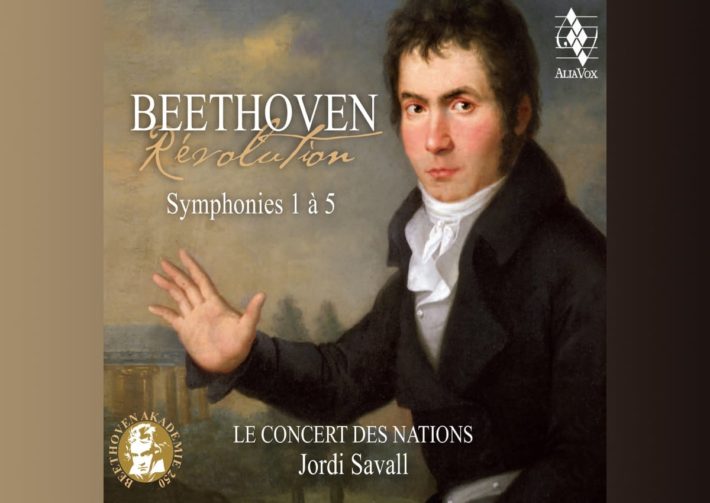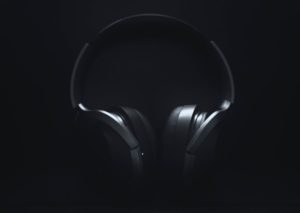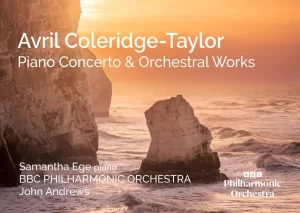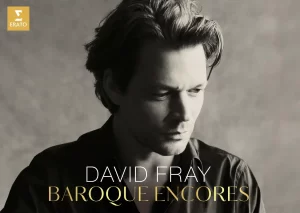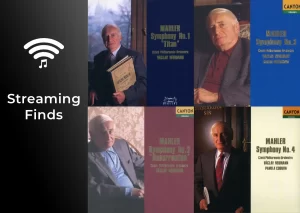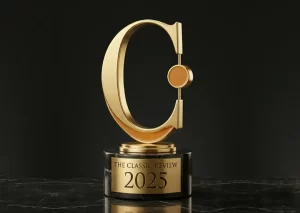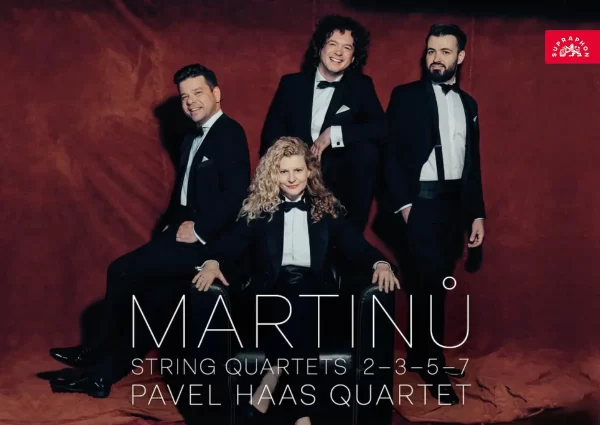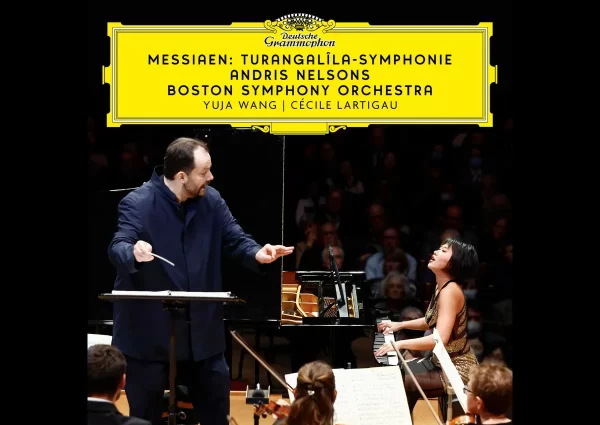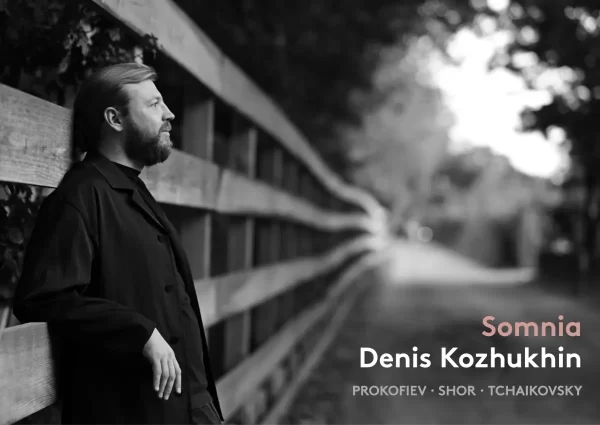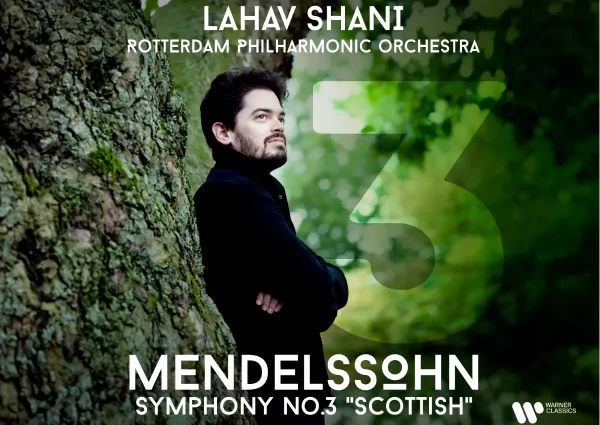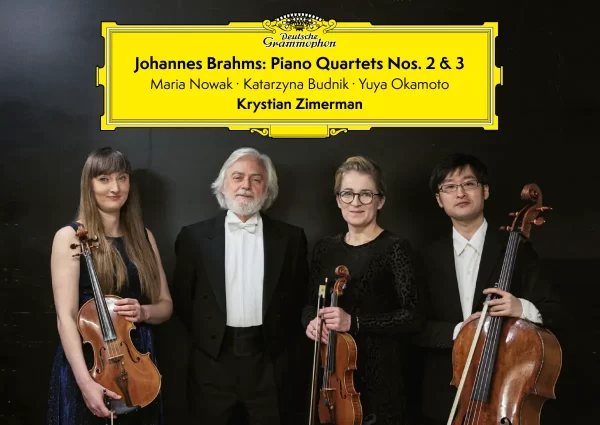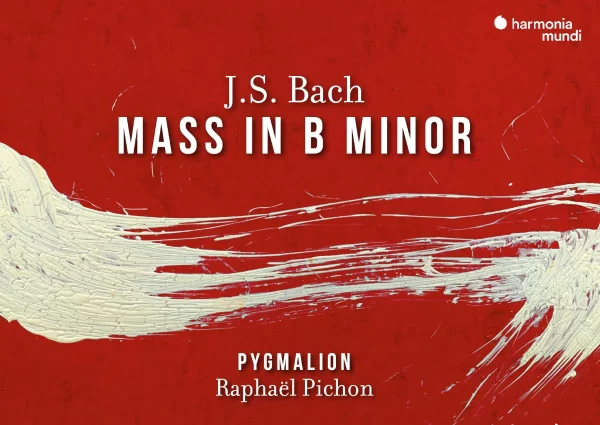Many labels are celebrating the 250th anniversary of Beethoven’s birth this year by releasing new Beethoven symphony recordings into an overwhelmingly crowded market. Harmonia Mundi is trying to ensure its cycle stands out by recording different performing groups and pairing Beethoven’s symphonies with others by lesser-known composers (see “related reviews” below). Savall and his players, however, are releasing the nine symphonies with no other bells and whistles – this is the first of two volumes, with the first five Symphonies. One wonders what, if anything, this new recording can offer that is not already available in one of the 150-plus currently available cycles.
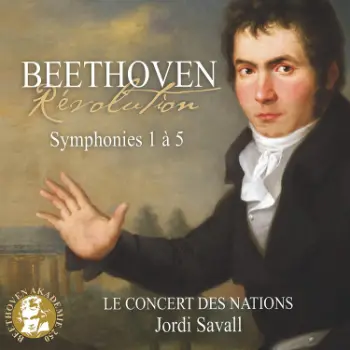
See offers for Beethoven’s Symphonies cycle with Le Concert des Nations, Savall on Amazon.
As Tal Agam mentioned in his review of these forces’ recording of Mozart’s last 3 Symphonies, Le concert des Nations’ sound is more heterogeneous than what we hear in other period instruments cycles by Orchestre Révolutionnaire et Romantique (Gardiner/Archiv) or La Chambre Philharmonique (Krivine/Naïve). The agile strings dispatch Beethoven’s many technical challenges with collective ease. Winds are balanced equally with the strings; the brass can really roar (just listen to the beginning of the Fifth Symphony’s last movement), but just as often it is their coloristic sensitivity that impresses. Timpani have tremendous weight and power. Recorded in the resonant acoustic of their usual recording venue, Collégiale du Château de Cardona (Catalogne), the full orchestra sound has a visceral immediacy.
Savall and the orchestra carefully honor the dynamic and articulation markings within each score (Savall writes in the program notes that they consulted the original manuscripts as well as the newest urtext editions). They also provide transparency to Beethoven’s polyphony, allowing us to hear Beethoven’s marvelous inner lines. Examples of characterful playing are many: the teasing scale that begins the final movement of the first; the gruff chords and accents in the second symphony’s Scherzo; the gorgeous singing tone of the violins and woodwinds in the fourth symphony’s slow movement.
While he is certainly not the first conductor to take Beethoven’s metronome markings seriously, Savall allows himself a greater degree of flexibility than many other historically informed conductors – the melodic material often seems to grow organically. By comparison, Anima Eterna and Immerseel often seem merely metronomic.
More impressive still is the distinct character Savall distills from each symphony. The first, with its breathless tempi and brazen brass, signals the work of a young, slightly arrogant upstart. The second, which still following those quick metronome marks, is more relaxed and confident, with greater nuance and maturity. The “Eroica” then attains a higher level, Savall conjuring a larger color palette with which to paint this still radical symphonic utterance. These same forces released a largely successful recording of the third symphony two decades ago. This new reading retains the energetic vitality of that first recording, but Savall’s interpretation has grown in the intervening years, more emotionally engaging, especially in the second movement.
The performance of the fourth symphony reveals the seriousness of a work that is often misjudged as superficially lightweight. Listen to the fastidious shading of colors in the first movement’s opening Adagio, then the beautifully prepared shift into the bright playfulness of the following Allegro (delightfully caught by the bassoon at 3’24”). The woodwind again provides marvelous characterization, especially in their joyful and humorous exchanges in the final movement.
The fifth also receives an excellent reading. The opening movement, slower than Gardiner and Immerseel, nevertheless is unremittingly driven. The following Andante con moto is lovingly played, and the third movement nicely balances ferocity and gruff humor. The last movement is again slower than Gardiner and Immerseel, but the weightiness of the sound is ample compensation, and the Coda is thrillingly done.
This is an impressive recording, with intensely communicative playing. Accompanying materials and packaging are up to Alia Vox’s usual excellence, and Jordi Savall’s program note is engaging and impassioned. For those who cannot have enough Beethoven symphony recordings, this is an absolute must. And for those questioning the worthiness of yet another symphony cycle, these vital and thoughtful performances have much to offer – bring on Volume 2!

Beethoven – Symphonies No. 1-5
Le Concert des Nations
Jordi Savall – Conductor
Alia Vox, hybrid SACD AVSA9937

See offers for Beethoven’s Symphonies cycle with Le Concert des Nations, Savall on Amazon.
Beethoven Symphonies on Period Instruments – Recommended Comparisons
Krivine | Gardiner | Immerseel | Brüggen
Included with an Apple Music subscription:
Latest Classical Music Posts
Read more classical music reviews or visit The Classic Review Amazon store
Follow Us and Comment:
[wd_hustle id=”HustlePostEmbed” type=”embedded”]

